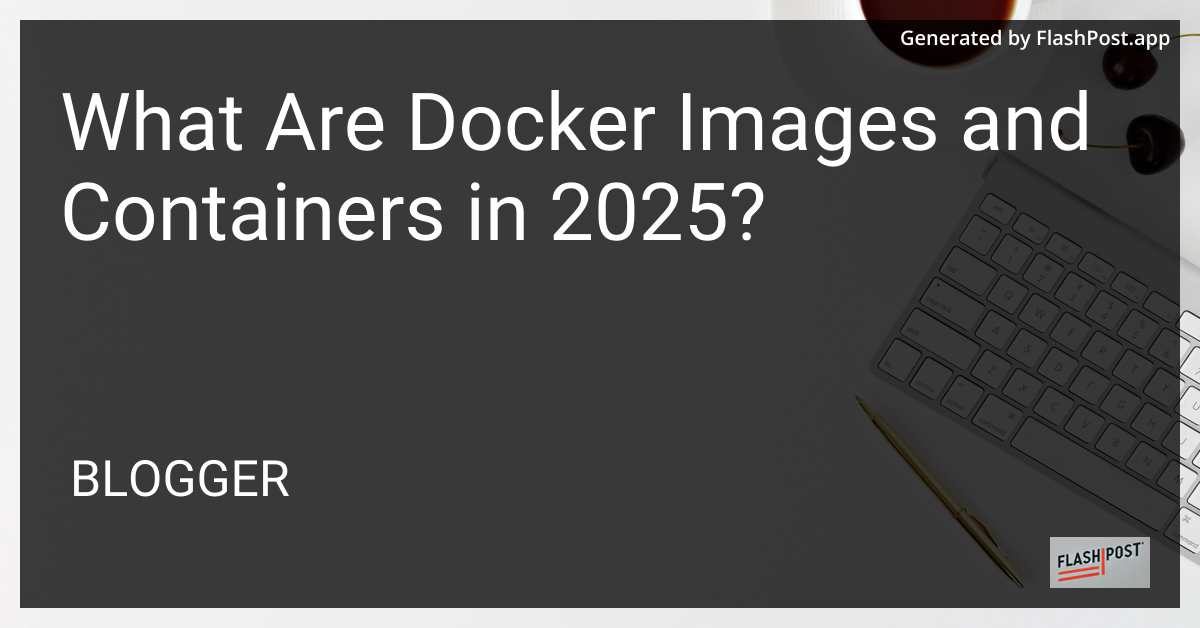What Are Docker Images and Containers in 2025?

Understanding Docker Images and Containers in 2025
In recent years, Docker has solidified its position as an essential technology in the world of software development and deployment. As we move into 2025, the understanding and usage of Docker images and containers continue to evolve, providing more robust and efficient solutions for developers globally.
What Are Docker Images?
Docker images are the foundation of Docker containers. They are essentially read-only templates used to create containers, which through layers of filesystems, enable the system to run applications. A Docker image consists of system libraries, tools, and any necessary settings to execute the code within a container environment.
Key Characteristics of Docker Images
- Portability: Docker images are highly portable, allowing them to be easily transferred across different environments without compatibility issues.
- Versioning: These images are versioned and can be tagged, making it straightforward to roll back to a previous version if required.
- Efficiency: Sharing of layers between Docker images ensures no unnecessary duplication of data, making them resource-efficient.
What Are Docker Containers?
Docker containers are executable instances of Docker images. When a Docker image is launched, it becomes a container. Containers are lightweight, portable, and encapsulated environments that run applications. In 2025, Docker containers have continued to redefine application development by enhancing consistency across diverse operational environments.
Advantages of Docker Containers
- Isolation: Containers ensure applications run in isolated environments, separating them from the host system and other containers.
- Scalability: Docker containers can be easily scaled up or down, allowing for dynamic resource allocation based on current demand.
- Rapid Deployment: They enable quick setup and deployment of applications, reducing the lead time for application development.
The Future of Docker
As technology advances, Docker continues to integrate with other modern technologies like Kubernetes for enhanced orchestration and management. The ecosystem around Docker images and containers in 2025 emphasizes automation, security, and collaboration.
For further learning and technical insights, consider exploring these resources:
- Learn how to get the status of the service inside Docker.
- Understand the process of migrating from Docker Compose to Vagrant.
- Dive into setting up Docker Compose and Dockerfile.
Conclusion
Docker images and containers have transformed the landscape of software engineering. As we advance into 2025, these technologies continue to offer unparalleled innovation, promoting efficiency, consistency, and scalability. Understanding their operation is crucial for any developer looking to harness the full power of Docker for application development and deployment.
Comments
Post a Comment